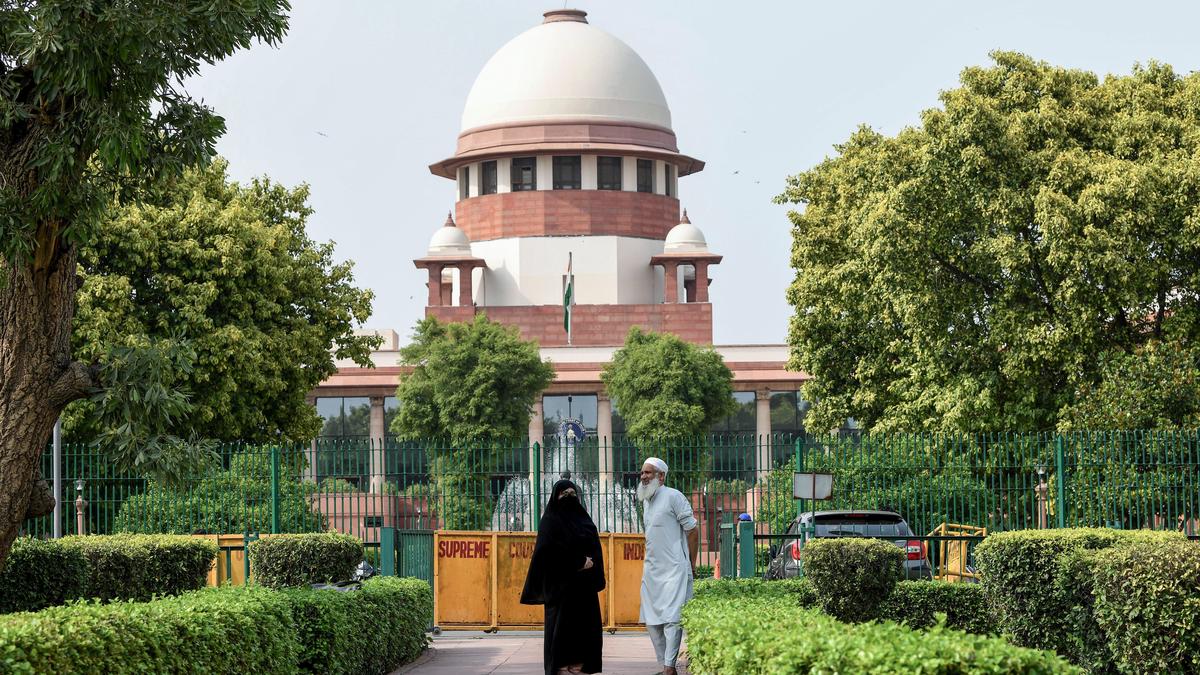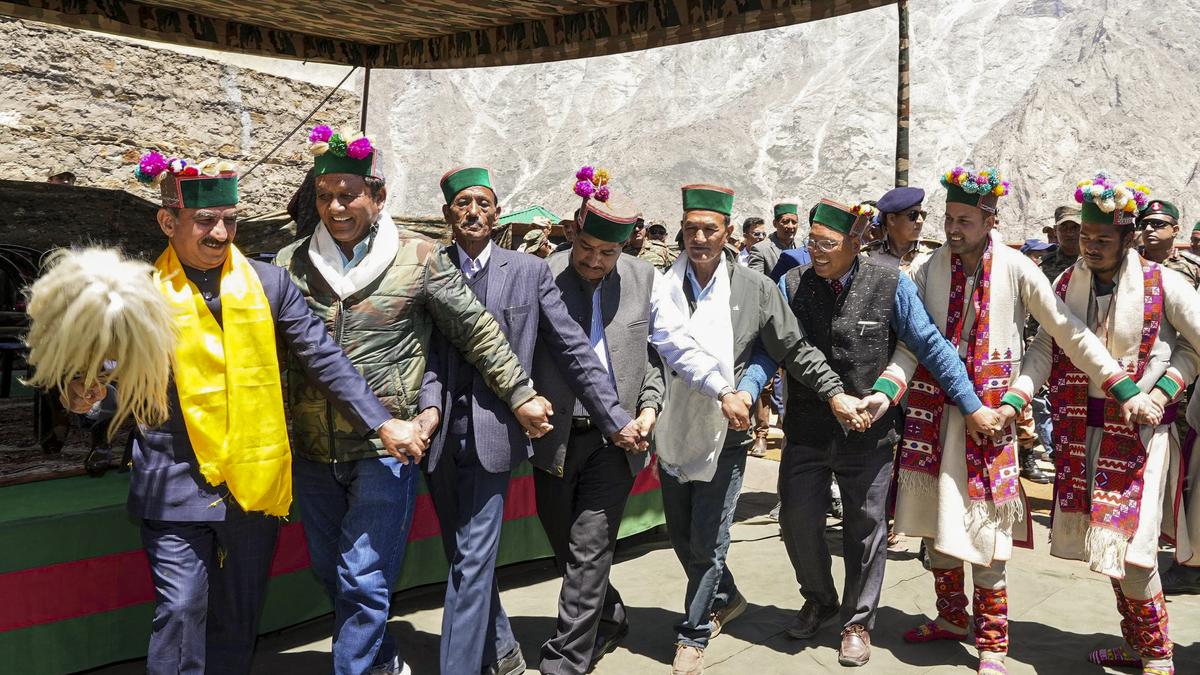ARTICLE AD BOX
IN A significant step towards enhancing its revenues, Indian Railways is set to start exporting locomotives to Guinea, a coastal country in West Africa. Prime Minister Narendra Modi will flag off the first locomotive for export, manufactured in the Diesel Locomotive Factory at Marhowrah in Bihar’s Saran district on June 20.
PM Modi will also flag off a Vande Bharat train between Patliputra (Bihar) and Gorakhpur (Uttar Pradesh). This is the first time Indian Railways will be exporting the locomotive, which will add to its revenues.
A senior official of the Ministry of Railways said the earlier exports were made in the form of line of credit, which were a kind of aid for development projects in different countries. These locomotives were sent to countries like Bangladesh, Mozambique, among others.
The official said a total of 150 locomotives will be supplied to Guinea in three years. The Marhowrah factory is built on a public-private-partnership (PPP) model and is run by the joint venture of GE Transportation, part of American company Wabtec, and Indian Railways.
“The factory won the bid in a global tender issued by Guinea. These locomotives will be used for freight transportation from iron ore mines of the country. These are 4,500 horsepower (HP) locomotives. It will feature many facilities such as windshield heating for defogging, insulated roof, toilet, air conditioning etc. The rake will be attached with the two locomotives on both sides. So it will also have a Distributed Power Wireless Control System (DPWCS), which will allow the wireless control of multiple locomotives in a train. These locos will carry freight of 8,000 tonnes. Two locomotives together will carry the load of 100 wagons with maximum permissible speed. It is expected to cover 1,200 kilometers in 24 hours,” said the official.
According to the contract, the railways will supply a total of 37 locomotives in the financial year 2025-26 (FY26), 82 locomotives in FY27 and 31 in FY28.
“The total contract value is 411 million dollars (Rs 3,533 crore). That means, the cost of one locomotive will be 2.74 million dollar or Rs 23.55 crore. Since the production of railway locomotives in India has increased to 1,681, surpassing the total locomotive production of countries such as the United States, Europe, South America, Africa and Australia, the export will give a major boost to the overall revenue of the railways. For manufacturing of these locomotives, three types of tracks — broad gauge, standard gauge and Cape gauge — have been laid at the Marhowrah locomotive premises,” said the official.
Story continues below this ad
The locomotives are equipped with AC propulsion, regenerative braking, microprocessor-based controls and modular architecture. Along with this, it is built with emission standards, fire detection systems and ergonomic crew cabins with modern amenities like refrigerator, microwave and waterless toilet system.
“This export positions Marhowrah factory as a global hub for locomotive exports, strengthening local employment and technological capability. It will contribute to building infrastructure for Guinea’s largest iron ore project, deepening India-Africa economic cooperation. In Marhowrah factory of Bihar, 285 people are directly employed and 1,215 people are getting indirect employment,” said the official.
Indian Railways has a total of four loco production units — Diesel Locomotive Works at Varanasi, Chittaranjan Locomotive Works at Chittaranjan, Diesel Modernisation Works at Patiala and Electric Loco Assembly and Ancillary Unit at Dankuni.
DLW and DMW were diesel loco production units. However, they started manufacturing electric locos from 2016-17 and 2018-19 onwards, respectively. Other two production units, CLW and ELAAU are manufacturing only electric locos.
Story continues below this ad
Two more PUs — Marhowra factory and another Greenfield Electric Loco Factory at Madhepura, Bihar — have been built on PPP mode, supplying diesel and electric locos.



.png)
.png)
.png)

























 English (US) ·
English (US) ·